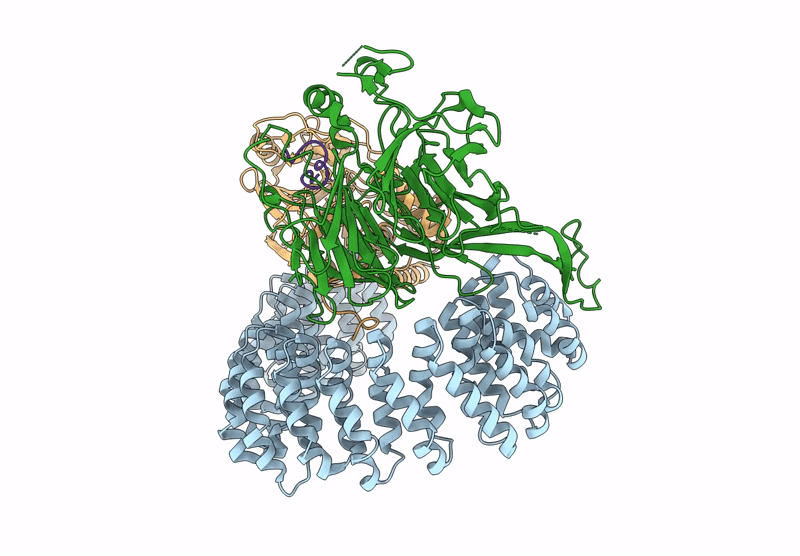
Deposition Date
2024-06-11
Release Date
2025-05-21
Last Version Date
2025-08-20
Method Details:
Experimental Method:
Resolution:
2.70 Å
Aggregation State:
PARTICLE
Reconstruction Method:
SINGLE PARTICLE


